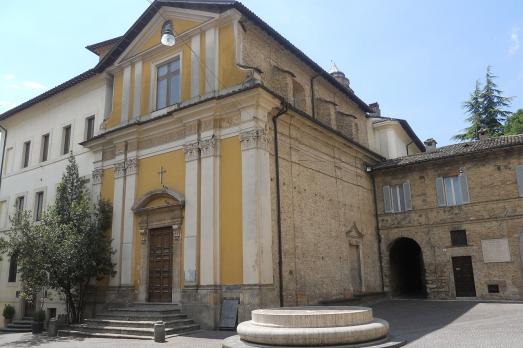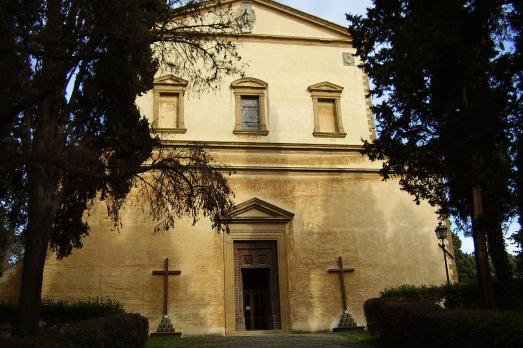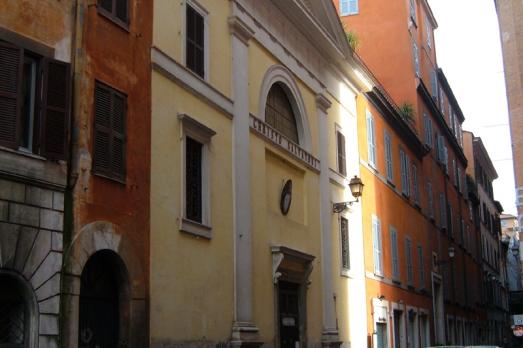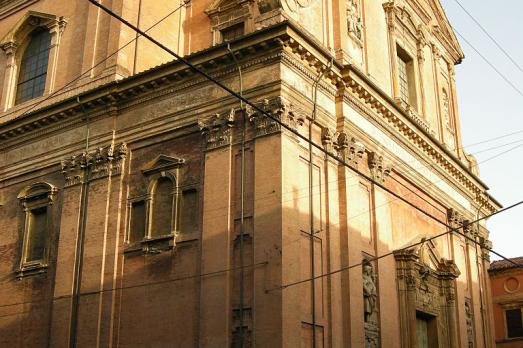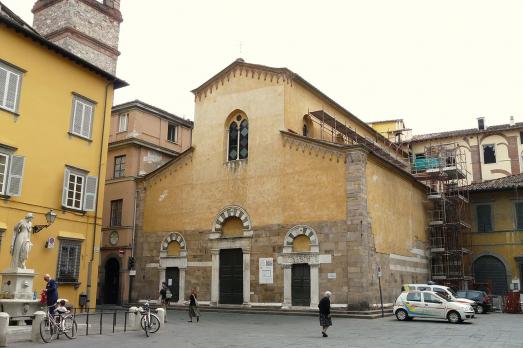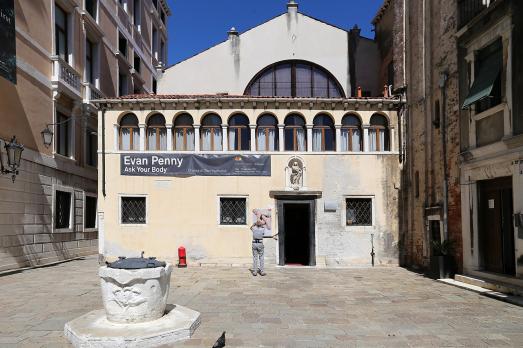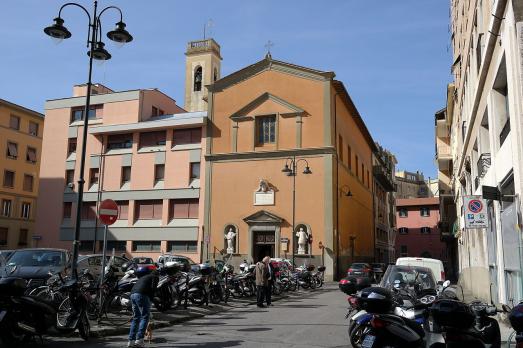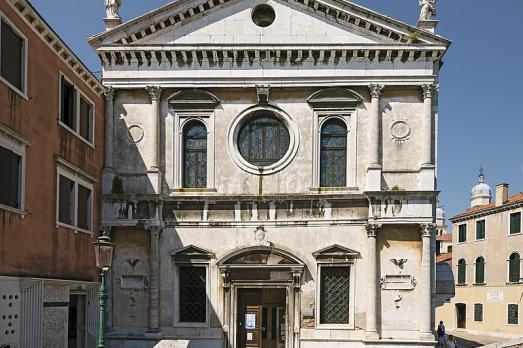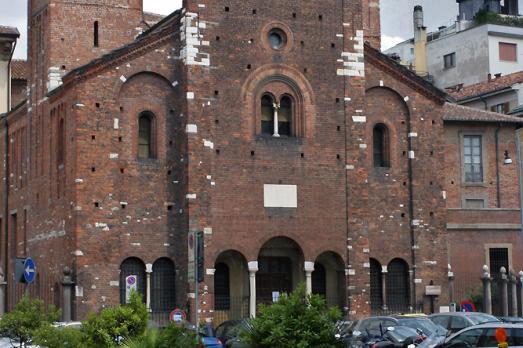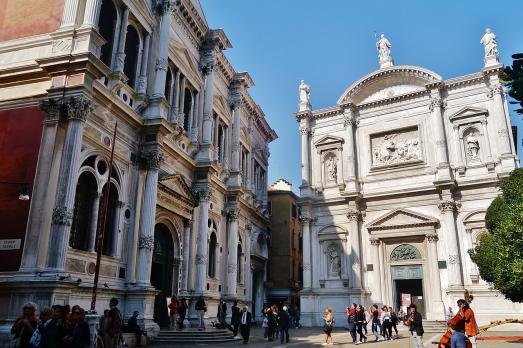
Chiesa di San Rocco
30125, IT
The church of San Rocco was built between 1489 and 1494, although the dome was not completed until 1507. Between 1726 and 1732, the church was radically renovated according to a project by Giovanni Scalfarotto, who replaced the flat ceiling with a vault interrupted by large windows, keeping only the old apses and the dome. Work on the façade began in 1756, following a competition won by Giorgio Fossati. Between 1765 and 1769, ignoring what had already been built by Fossati, the current façade was erected by Bernardino Maccaruzzi, who had won a second competition by proposing a two-storey solution that also recalled the finish of the façade of the nearby Scuola Grande, but overloaded it with sculptures. From the original façade, the old portal and the rose window, which open the side entrance, can still be seen.
